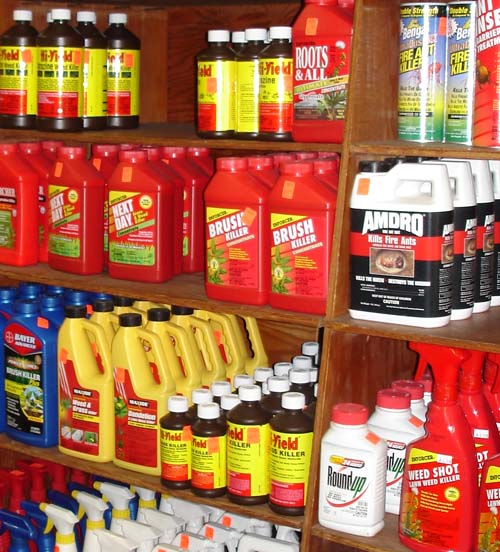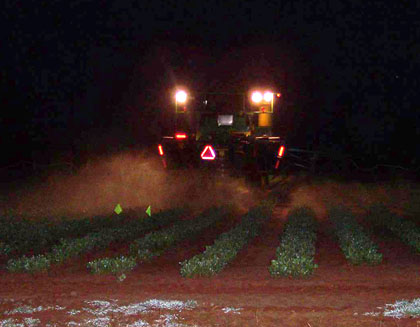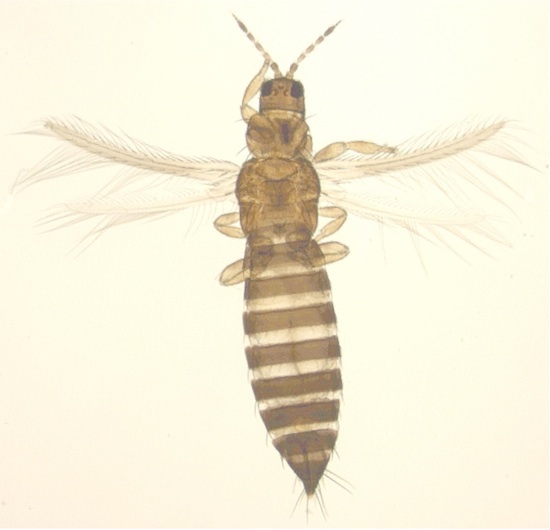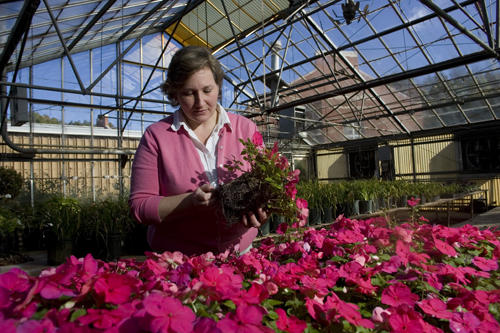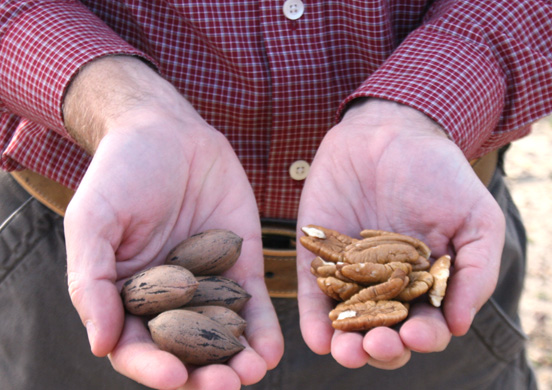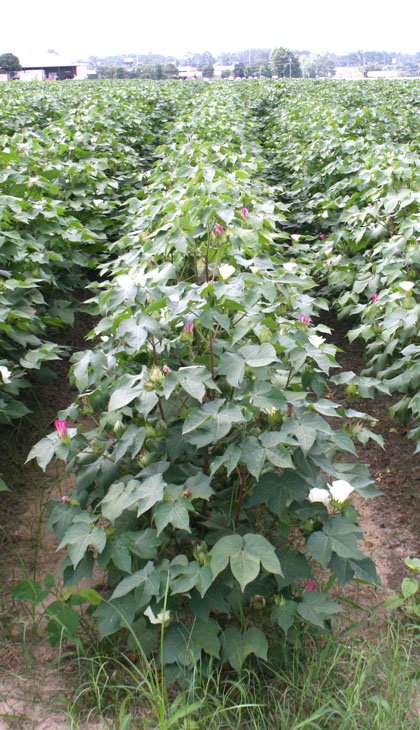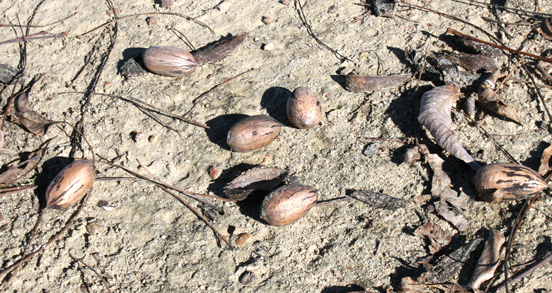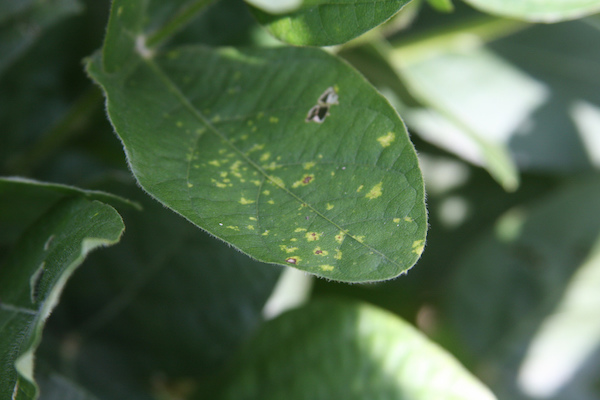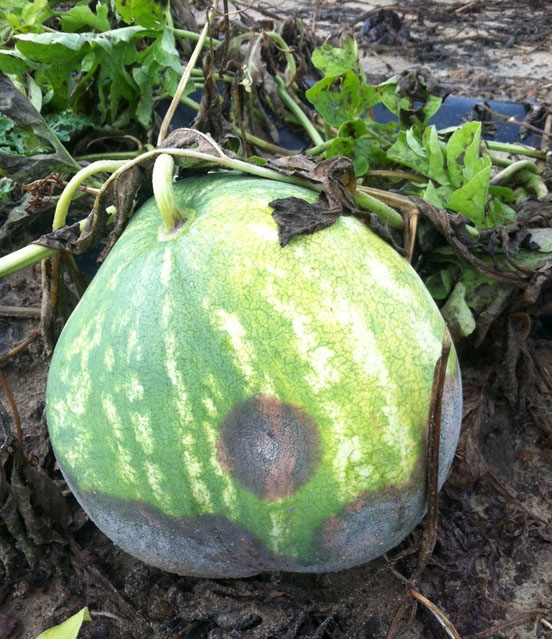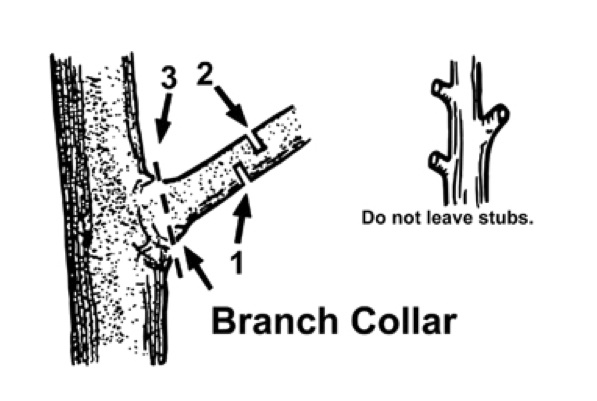 CAES News
CAES News
Pruning Classes
Learn how to properly prune ornamentals at an upcoming University of Georgia course offered on its campus in Griffin, Ga. The one-day course will be offered Feb. 21 and Feb. 28 from 9 a.m. until 3 p.m. at the UGA Research and Education Garden on Ellis Road.

